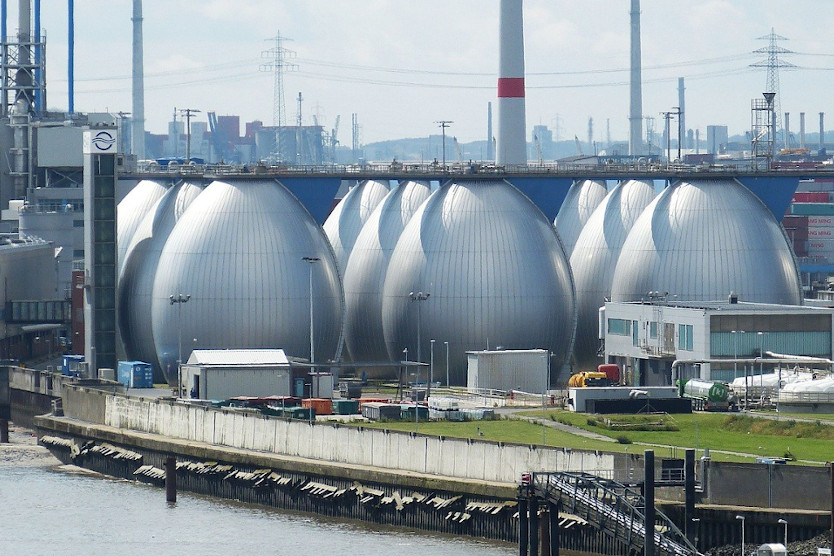
The generation of the gas from sewage sludge, animal manure and organic waste provides an ideal circular model of hydrogen production.
© pixabay
There are several ways of producing hydrogen, the energy carrier that is central to Germany’s Energiewende. The more sustainable and resource-efficient the method – particularly if it can be integrated into other industrial processes – the better. The generation of the gas from sewage sludge, animal manure and organic waste provides an ideal circular model of production which is being explored on an industrial scale in Bavaria.
The Donau H2UB hydrogen plant, which is being built in Kelheim, Bavaria, with an investment of double-digit million euros, will use waste residues as an energy source to power electrolysers. “We will use liquid manure from regional farmers, sewage sludge from the municipal sewage treatment plant and biowaste as energy sources to split water into hydrogen and oxygen by means of electrolysis," says Giorgio Karhausen, head of strategy and project development at BavariaHydro GmbH, the driving force behind the Donau H2UB project in an article in SolarServer.
The company’s objective is dual: as well as generating the fuel local transport and services, it wants to contribute to regional waste production and environmental services. The mayor of Kelheim, Christian Schweiger, who is a key player in the project, comments: “The implementation as a unique hydrogen hub will combine regional value chains with supra-regional material, energy and transport flows. The opportunities that the Danube H2UB offers for the region and far beyond the borders of southern and eastern Bavaria are enormous.”
Karhausen underlines the energy efficiency of hydrogen; "One kilogramme of hydrogen corresponds to about three litres of fuel. On average, a regular bus consumes about 53 litres of fuel per 100 kilometres. A hydrogen-powered bus, on the other hand, only needs about 18 kilogrammes of hydrogen for the same distance. With a day's production, even several buses could then run completely emission-free."


